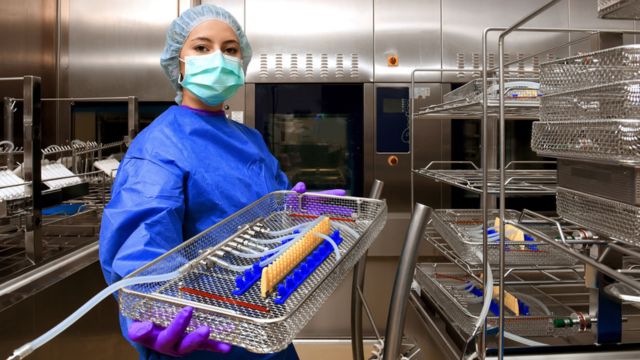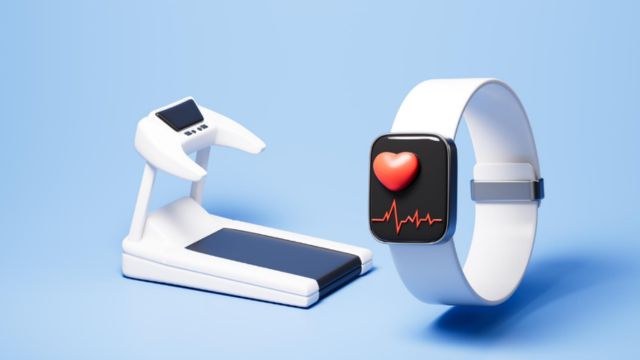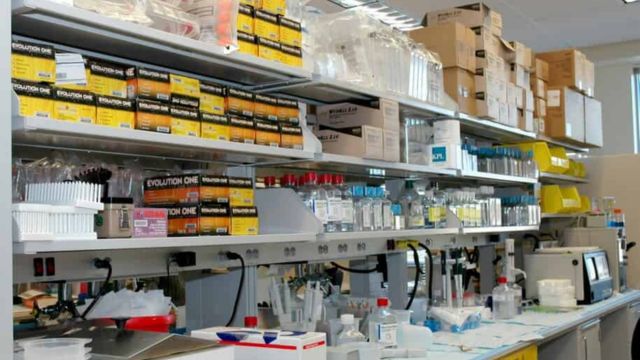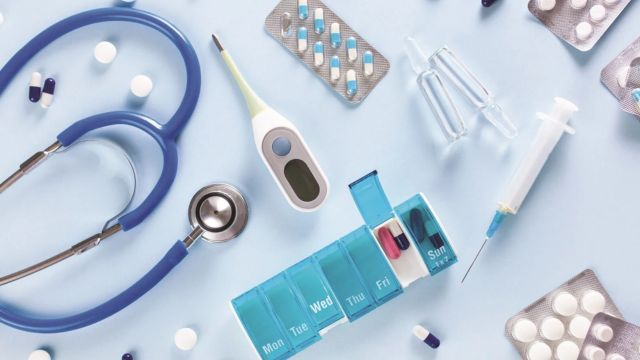Ensuring sterility in medical supplies during transportation is a critical aspect of healthcare logistics. The integrity of sterile medical devices, surgical instruments, and pharmaceuticals must be maintained to prevent contamination and ensure patient safety. When sterility is compromised, there is a risk of infections, complications, and delays in critical treatments. Proper handling, packaging, and transportation are essential to maintaining the sterility of medical supplies.
In this article, we’ll explore the best practices and guidelines to ensure that medical supplies arrive at their destination sterile and safe for use.
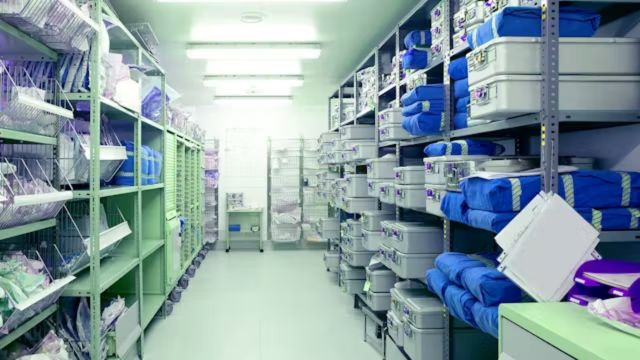
- Understanding Sterility in Medical Supplies
Sterility refers to the complete absence of any viable microorganisms, including bacteria, viruses, fungi, and spores. Medical supplies, such as surgical instruments, bandages, syringes, and implants, must be sterilized to reduce the risk of infections when used in medical procedures. The sterility of these supplies must be maintained throughout their lifecycle, including during transport. - The Importance of Maintaining Sterility
The transportation of medical supplies is a delicate process because these items are often used in life-threatening procedures. The primary purpose of sterilization is to protect patients from harmful pathogens that could cause infections, sepsis, or other serious complications. Improper handling or storage during transportation can compromise sterility, leading to significant risks for patients and healthcare providers. - Packaging Medical Supplies for Sterility
Effective packaging is the first line of defense in ensuring that medical supplies remain sterile during transportation. Proper packaging materials and methods can prevent contamination from external sources and protect the supplies from damage. Here are some key packaging guidelines:
- Use Sterile Packaging Materials: Sterile barrier systems, such as heat-sealed pouches or sterile wraps, are used to package medical devices. These materials are designed to maintain the sterility of the contents until they are opened for use.
- Vacuum Sealing and Barrier Films: For certain products, vacuum sealing and multi-layer barrier films provide an extra layer of protection against environmental factors such as moisture, dust, and bacteria.
- Tamper-Evident Seals: Tamper-evident packaging ensures that medical supplies have not been opened or altered during transit. This is crucial for confirming that supplies are still sterile upon arrival.
- Temperature Control and Environmental Factors
Certain medical supplies, such as vaccines, blood products, and temperature-sensitive drugs, require specific temperature conditions to maintain their sterility. To avoid compromising these supplies, transportation methods need to include strict temperature control systems:
- Use of Refrigerated Vehicles: For temperature-sensitive items, refrigerated trucks or containers equipped with real-time temperature monitoring systems are essential.
- Controlled Environment Packaging: Packaging that uses gel packs, dry ice, or insulated containers can help regulate temperatures during transport.
- Climate-Controlled Shipping: For international or long-distance shipments, climate-controlled shipping containers are necessary to ensure that the sterility of medical supplies is not compromised by extreme temperatures or humidity.
- Handling Medical Supplies During Transit
Proper handling is crucial during transportation to prevent any physical damage to medical supplies and their packaging. Medical devices must be carefully loaded and unloaded to avoid any mechanical stress or disruption of the sterile packaging. Here are some best practices:
- Minimize Handling: Reduce the number of times medical supplies are touched or moved during transit. Each handling increases the risk of contamination.
- Proper Loading and Unloading: Medical supplies should be placed securely in transport vehicles to avoid tipping, crushing, or exposure to harmful environments. Use soft surfaces, padding, and dedicated storage areas in the vehicle.
- Labeling and Instructions: Clear labels and handling instructions on packaging ensure that handlers are aware of the importance of maintaining sterility and are reminded to follow proper procedures.
- Choosing the Right Transportation Partner
To maintain the sterility of medical supplies, it’s important to work with transportation partners who understand the specific requirements of handling healthcare-related products. Transportation companies should meet industry standards and certifications to handle medical supplies.
- Industry Certifications: Choose logistics providers with certifications such as ISO 13485 or Good Distribution Practices (GDP). These certifications ensure that the provider adheres to the necessary protocols for transporting medical supplies.
- Experience with Medical Shipments: Select transportation partners with expertise in handling medical goods, particularly in temperature-controlled environments and secure packaging.
- Regulatory Compliance and Documentation
In addition to the practical aspects of packaging and handling, it’s essential to adhere to the regulatory requirements for transporting medical supplies. Regulations vary by country, but they generally include requirements for:
- Shipping Documentation: Ensure all necessary documentation, including certificates of sterility, temperature logs, and customs declarations, accompany the shipment.
- Adherence to Regulatory Guidelines: Follow guidelines set by regulatory bodies such as the FDA (Food and Drug Administration) and WHO (World Health Organization) to ensure compliance with safety and sterility standards.
Conclusion
Ensuring sterility in medical supplies during transportation is a multi-step process that requires attention to detail, proper packaging, temperature control, and careful handling. By following these best practices and working with trusted transportation partners, healthcare providers can help ensure that medical supplies arrive at their destination safe and sterile.
At JandJ Supplies, we understand the importance of maintaining the sterility and safety of your medical supplies. Stay updated with the latest news and best practices in the medical industry by visiting our blog for insightful articles on medical supplies, clinical engineering, and more. Keep your supply chain efficient and compliant with expert advice tailored to your needs. Visit us now!
Frequently Asked Questions (FAQ)
How can I maintain the sterility of medical supplies during long-distance transport?
Long-distance transport requires careful consideration of temperature control, packaging, and minimal handling. Using refrigerated vehicles, climate-controlled containers, and tamper-evident packaging can help maintain sterility during transport.
What types of packaging materials are best for keeping medical supplies sterile?
Sterile barrier systems such as heat-sealed pouches, vacuum-sealed bags, and multi-layer barrier films are commonly used to maintain the sterility of medical supplies during transportation.
Are there regulations for transporting medical supplies?
Yes, various regulatory bodies such as the FDA, WHO, and ISO provide guidelines for transporting medical supplies. It is essential to adhere to these regulations to ensure safety and compliance.
What should I do if I suspect that a medical supply has been exposed to contamination during transit?
If contamination is suspected, it is essential to inspect the packaging for signs of tampering and consult with the manufacturer for further instructions on whether the product can be used.

